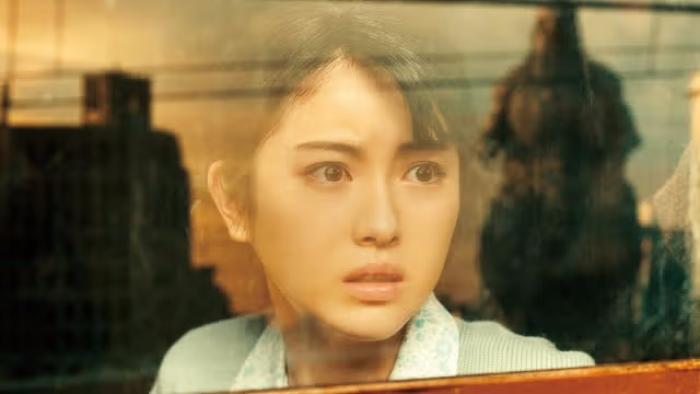
By Blake Downs, Editor-in-chief
Looking at the bleak landscape that is modern cinema can be a bit disheartening. Much of what we see come out nowadays are remakes or movie-fied ideas and properties that already have a large audience and acceptance. The producers likely do this to ensure they can experience a return on their investment knowing that the audience for their film is already set. Also, to try to reach a broader audience, movies tend to follow the social trends of the times in which they are pitched and accepted and, because of this, can feel outdated when they are released two or more years later or try to push an agenda that has been disproven or fallen in favor since the film was greenlit.
The majority of big-name expensive blockbusters fall into one of these categories. From the Marvel Cinematic Universe pumping out the latest CGI-filled spectacle with some sort of “ground-breaking” social trend to the currently in-process Snow White film that has had to be reshot and reanimated as a clean-up to Rachel Ziegler’s ultra feministic slips of what to expect with the film, Hollywood seems to be on a course to create superficial and shallow works that lack real, relatable stories and depth. This is all too common and tragic.
The difference, however, can be seen when quality of story is favored over an interest in drawing people in through easy name recognition or spectacle. Sometimes, it comes with something new and big (think Oppenheimer), but usually, it’s something under the radar and unexpected.
That is the case for “Godzilla Minus One,” Toho’s latest installment in the long-running franchise directed by Takashi Yamazaki. Released in the United States back in December, this sleeper hit hits all the right notes when it comes to film. Although it is indeed a franchise work, it feels completely original due to its focus on human psychology and interaction, making its characters’ struggles relatable and poignant. (In truth, I have never been much of a Godzilla fan, but hearing good things here and there about the film drew me to it, so I decided to spend a Saturday evening in Lubbock just to catch it in the theater.)
The movie opens with a pre-Godzilla setting in the last days of World War II on the Japanese island of Odo, where Kōichi Shikishima (Ryunosuke Kamiki), a deserting kamikaze pilot has feigned mechanical malfunction in his aircraft in order to escape his fatal mission. Suddenly, Godzilla attacks the island, and even though he has the chance to defend the other soldiers, Shikishima is paralyzed with fear and wakes up to find only he and one other mechanic have survived. The rest of the movie sees him wrestling with regret and shame over his cowardice, in a setting later ravaged by the titular kaiju that is most certainly a symbolic presence in his life.
This story is one filled with great characters, subplots, and human emotion that feels all too real and accessible for audiences, even despite it being completely in Japanese and subtitled in English. There is something deeply unique and empathetic about a monster movie that makes its main characters’ struggles just as engaging and impactful as the rise and fall of the monster itself. The focus on inner turmoil and its impact on relationships, free from any sort of political agenda, makes it such an engaging story (though it could be argued that included in the film is social commentary that could be poignant to our current culture). This purely narrative-driven work is so effective that, according to Rotten Tomatoes as of publishing date, both critics and audiences have rated it at 98%, an extremely rare feat–maybe even a miracle in our modern age of stark division between connoisseur and layman–despite being made on only a reportedly $15 million budget.
American cinema has fallen on hard–though deeply funded–times. One can pray this is a lighthouse of a movie, guiding filmmakers back to what made films so successful in the first place: story over spectacle.



